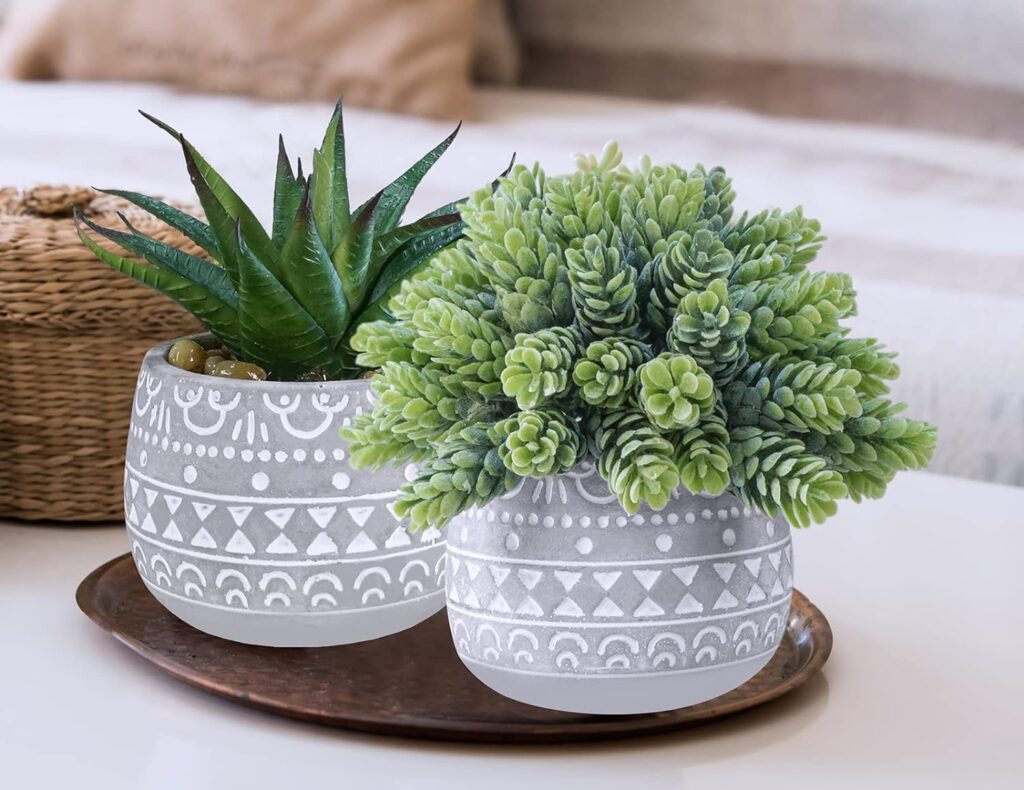Learn about Indoor Plants That Clean the Air! Examine natural air purifiers to improve the quality of the air in your house and create a healthier living space. Spider Plant and Aloe Vera are also effective in filtering indoor air pollutants.
Indoor plants offer a natural way to purify the air we breathe within our homes and workspaces. Known for their ability to absorb toxins and release oxygen, these green companions have become essential for creating a healthier living environment. With growing concerns over indoor air quality, integrating plants like the Snake Plant, Peace Lily, Spider Plant, and Aloe Vera into our indoor areas serves a dual purpose.
They not only spruce up our decor with lively greenery but also tackle common airborne pollutants, such as formaldehyde, benzene, and trichloroethylene. This greenery brigade works silently around the clock, making them invaluable allies in our quest for a fresher, cleaner breathing space. Adorning rooms with these plants can be a simple yet effective step towards a purer, more invigorating indoor atmosphere.
The Green Clean: Nature’s Air Filters
Welcome to ‘The Green Clean: Nature’s Air Filters’ – your guide to purifying your home the natural way. It’s no secret that indoor air can sometimes feel stale and laden with invisible pollutants. But did you know that common houseplants can serve as powerful allies in the fight against these unwanted airborne elements?
Why Plants Matter In Indoor Spaces
Imagine your indoor space buzzing with silent, yet potent cleaners working tirelessly to scrub the air clean. That’s exactly the role indoor plants play in our homes. These green inhabitants are more than just decorative elements; they are essential companions in maintaining a healthy living environment.
- Reduced levels of harmful pollutants like benzene, formaldehyde, and ammonia.
- Boosted humidity which can help prevent respiratory issues.
- Natural stress relievers as their presence can lower anxiety levels.
Photosynthesis: Breathing Life Into Homes
Through the miraculous process of photosynthesis, plants take in carbon dioxide and water, converting them into oxygen and glucose. This acts as a natural air exchange system in your home.
| Element Absorbed | Benefit Gained |
| Carbon Dioxide | Transformed into Oxygen |
| Toxins | Broken down into harmless substances |
Increased oxygen levels in your home mean fresher, cleaner air for you and your family to enjoy. Embrace these marvels of nature and let them rejuvenate your space.
Air-purifying Champions: The Top Indoor Plants
Welcome to a greener world right inside your home. Indoor plants are not just for decoration. Some plants are champions at cleaning the air. These green friends take out toxins and refresh your living space. Find out which plants are best for this job.
Leafy Pros: Which Plants Excel At Air Cleaning
In the jungle of indoor plants, some are superheroes in air purification. These plants grab harmful particles and give back clean air:
- Spider Plant: Catches dust and fights toxins.
- Snake Plant: Works at night to cleanse the air.
- Bamboo Palm: Loves sunlight and clears the air.
- Dracaena: Comes in many types and battles pollutants.
These leafy pros are easy to care for and work well in many indoor settings. Place them in your home for a fresher atmosphere.
The Mvps Of Voc Absorption
Volatile organic compounds, or VOCs, are bad news for indoor air. Certain plants are MVPs when it comes to absorbing these chemicals. Their leaves and roots trap and break down the bad stuff:
| Plant | VOCs Targeted |
| Peace Lily | Ammonia, benzene, formaldehyde |
| Rubber Plant | Formaldehyde |
| Boston Fern | Xylene, toluene |
| Aloe Vera | Formaldehyde, benzene |
Not only do these plants soak up harmful chemicals, but they also add a touch of nature’s beauty to your home. Consider adding these MVPs to your indoor plant lineup for cleaner air and a healthier home environment.
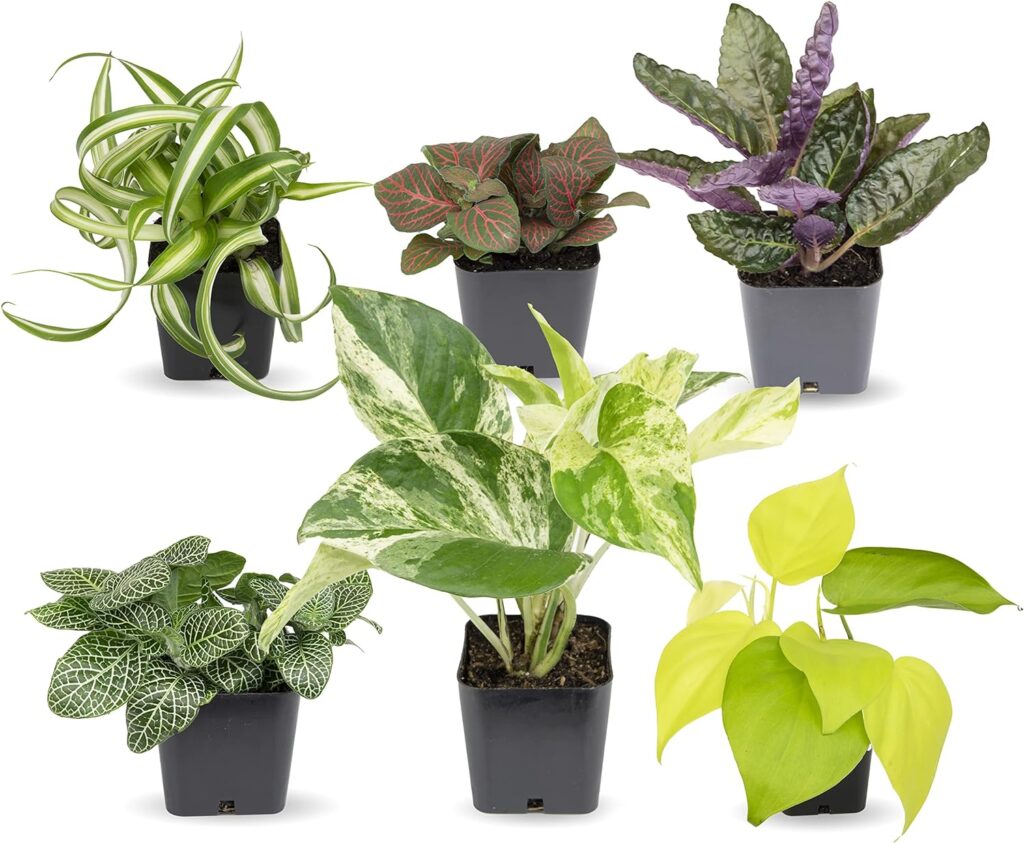
Nasa’s Clean Air Study: A Groundbreaking Discovery
In 1989, NASA released a groundbreaking study. This study changed how we view indoor plants. Scientists discovered that some plants do more than just brighten up a room. They also clean the air. This finding led to new ways to improve air quality in space stations. And it’s just as useful in our homes and offices today.
Space Age Botany: Plants That Survived The Test
NASA tested many plants to see which could clean the air the best. They wanted to find the top performers for space travel. These plants had to be strong and work well in closed environments.
| Plant Name | Air Pollutants Removed |
| Peace Lily | Ammonia, Benzene, Formaldehyde, and Trichloroethylene |
| Spider Plant | Formaldehyde, Xylene, and Toluene |
| Snake Plant | Benzene, Formaldehyde, Trichloroethylene, and Nitrogen Oxides |
Implications For Modern Indoor Air Quality
The study has big effects on how we think about the air in our spaces. NASA showed us something simple. By adding certain plants to our rooms, we can make the air healthier. This helps with more than health. It can make us focus better and feel happier too.
- Aloe Vera: Heals cuts and burns and cleans formaldehyde and benzene.
- Gerbera Daisy: Bright flowers that fight benzene and improve sleep by releasing oxygen at night.
- Boston Fern: Needs moist soil to thrive and removes more formaldehyde than any other plant.
Plants from NASA’s list are not just for astronauts. They are for everyone. They battle common toxins in air. They are easy to find in stores too. Kids and adults can enjoy cleaner air. It’s time to bring a bit of space down to Earth.
Toxic Foes: Common Indoor Air Pollutants
Breathe easy at home? Maybe not. Hidden dangers lurk in the air we inhale daily. Unseen and often unnoticed, these common airborne invaders can undermine our health and well-being. It’s crucial to identify these culprits for cleaner, safer air.
Household Enemies: Chemicals That Compromise Air Quality
From the fresh paint on your walls to the cleaner in your cupboard, indoor air quality is often compromised by everyday products. Let’s reveal these stealthy adversaries:
- Formaldehyde – An unwelcome guest, it sneaks in through furniture and carpeting.
- Benzene – Found in detergents and plastics, this chemical roams freely around our homes.
- Trichloroethylene – A common ingredient in cleaners and paint removers, it taints our breathable air.
- Xylene – Indulged by printers and markers, this pollutant is a silent air invader.
- Ammonia – Present in window cleaners, it results in air that’s far from crystal clear.
The Dangers Of Breathing Contaminated Indoor Air
Exposed to these everyday chemicals, our health is at risk. Symptoms emerge silently – from headaches to allergies. More serious effects include respiratory diseases and compromised immune systems. Children and the elderly are especially vulnerable. Clean air isn’t a luxury; it’s a necessity for a healthy life.
| Pollutant | Common Sources | Health Risks |
| Formaldehyde | Furniture, Carpeting | Skin Irritation, Cancer |
| Benzene | Detergents, Plastics | Headaches, Leukemia |
| Trichloroethylene | Cleaners, Paint Removers | Liver Damage, Cancer |
| Xylene | Printers, Markers | Headaches, Dizziness |
| Ammonia | Window Cleaners | Respiratory Issues, Eye Irritation |
Understanding these harmful pollutants is the first step to combating indoor air contamination. Stay tuned as we delve into the natural defenders – indoor plants that help clean the air.
Natural Air Filtration: How Plants Remove Toxins
Natural Air Filtration: How Plants Remove Toxins has become a buzzworthy topic. Many people now seek greener solutions to improve air quality. Indoor plants not only add life to our homes but also have incredible detoxifying abilities. These silent purifiers tackle airborne pollutants, enhancing the health benefits in our living spaces.
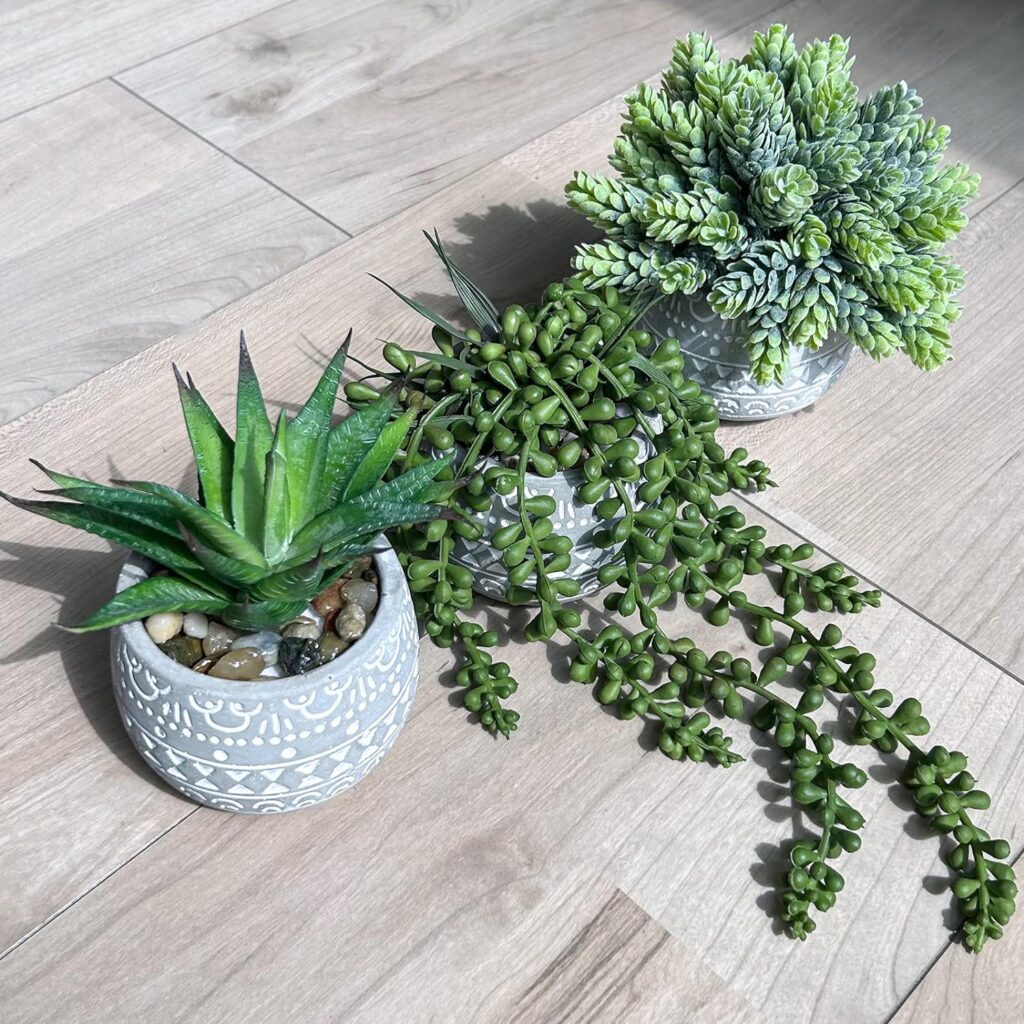
The Science Of Biofiltration And Microorganisms
Plants act as natural air filters. The term biofiltration explains how plants absorb harmful toxins. It involves a symbiotic relationship with microorganisms. The microorganisms break down toxins into less harmful substances. This process happens on leaves, stems, and in the soil. Some key biofiltration players are:
- Spider Plant: Targets formaldehyde and xylene.
- Snake Plant: Reduces benzene, xylene, trichloroethylene, and formaldehyde.
- Aloe Vera: Known for clearing formaldehyde and benzene.
Roots At Work: The Underground Purification Process
Roots aren’t merely for stability or nutrient absorption. They represent the underground purification process. Here’s how:
- Roots absorb air from soil pores.
- Microbes on roots degrade toxins.
- Cleaned air then circulates back into the room.
Studies show that plants with more root surface area, like Peace Lilies and Philodendrons, are more efficient at cleaning the air.
Plant Placement For Optimal Purification
Knowing where to place indoor plants enhances their air-purifying powers. The right location means better air for you to breathe. Let’s explore the best spots in your home for these green, clean air machines.
Strategic Green Spots: Maximizing Purification Potential
Placing plants strategically within your space is key to purifying air. Aim for areas with high traffic like living rooms. Sunlight and airflow also shape where your plants should go. Let’s uncover these green zones.
- Near windows for ample sunlight
- Corners to trap and filter pollutants
- By electronics for absorbing emitted toxins
- Kitchen counters for tackling food odors
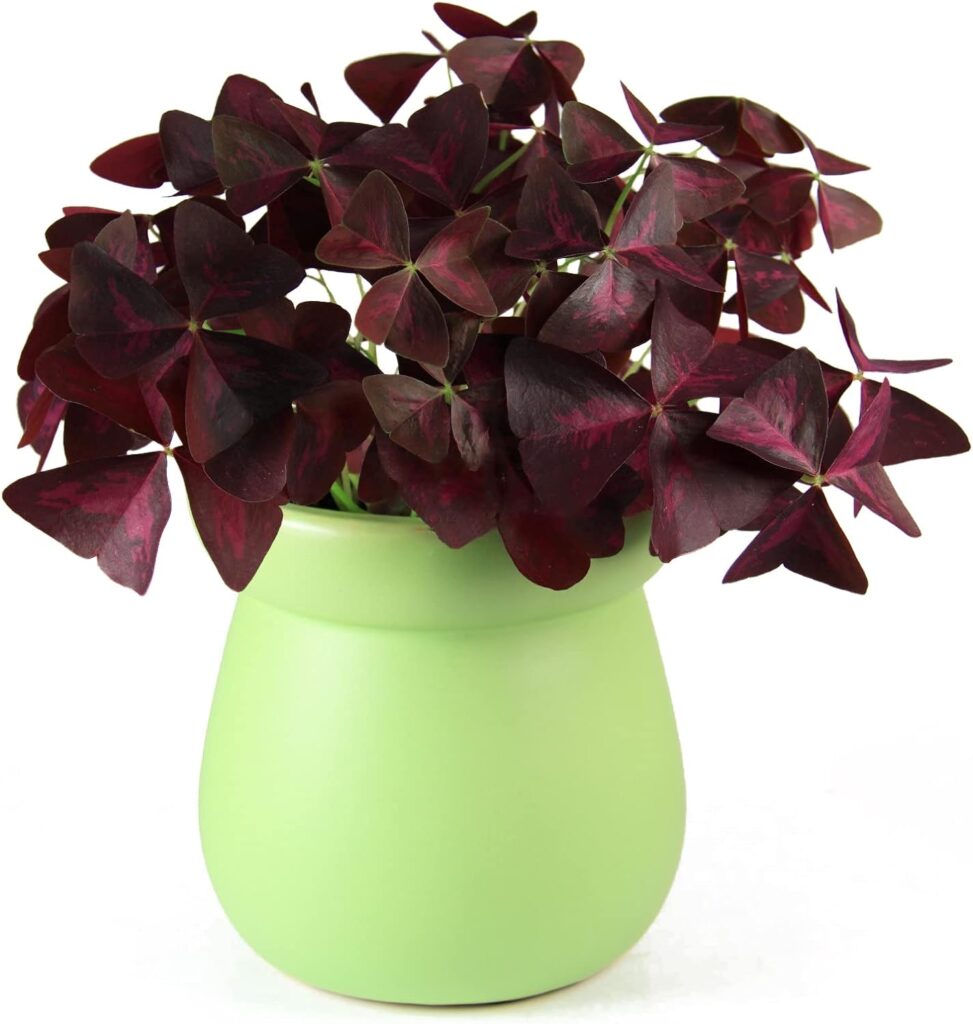
Room By Room: Best Practices For Plant Positioning
Each room has its unique needs. Here’s how to position plants for top air quality all-around.
| Room | Best Plant Spots |
| Lounge Area | Near seating arrangements |
| Bedroom | Close to the window |
| Office | Next to the desk |
| Bathroom | Near natural light, if possible |
Remember these tips for a fresher, cleaner home.
The Low Maintenance Heroes: Easy-to-care-for Air Purifiers
Welcome to a world where greenery meets simplicity. Indoor plants are not just decorative. They clean the air we breathe. But not everyone has a green thumb or the time to tend to a garden indoors. Luckily, many plants double as natural air purifiers and require very little attention to thrive. Let’s explore these low maintenance heroes that promise to keep your air fresh with minimal fuss.
Beginner-friendly Flora: Plants That Require Minimal Attention
Starting your plant parent journey can be hassle-free. Certain plants not only purify air but are perfect for beginners. They require minimal care and can survive occasional neglect.
- Snake Plant (Sansevieria): Thrives in low light, water sparingly.
- Spider Plant (Chlorophytum comosum): Adapts to all environments, water moderately.
- Pothos (Epipremnum aureum): Grows in low light, let soil dry between watering.
Resilient Species: Tough Plants For Busy Owners
For those constantly on-the-go, worry less with plants that withstand neglect. No green thumb required for them to purify your air.
| Plant | Care Level | Benefits |
| Peace Lily (Spathiphyllum) | Low, tolerates low light | Removes toxins, presents with white blooms |
| Rubber Plant (Ficus elastica) | Medium, prefers indirect light | Resilient, excellent in toxin absorption |
| ZZ Plant (Zamioculcas zamiifolia) | Low, drought-tolerant | Prosper with little water, adds elegance |
Integrating Plants Into Your Decor
Integrating plants into your decor not only brings a piece of nature indoors but also purifies your air. Plants work as natural air filters. They take in toxins and convert them to clean oxygen. Creative placement and selection of houseplants can make your living space both refreshing and stylish. Here’s how to dress your rooms with plants that are as beautiful as they are beneficial.
Styled Oxygen Factories: Using Plants As Decorative Elements
Plants serve a dual purpose. They’re both stunning decor items and oxygen-producing powerhouses.
- Shelf-sitters: Small potted plants like succulents fit on bookcases and shelves.
- Tabletop gardens: Put an air-purifying plant on your coffee table for a green touch.
- Hanging greenery: Spider plants in hanging baskets make a room feel alive.
- Large floor plants: A tall fiddle leaf fig can be a living sculpture in any room.
Harmonious Living Spaces: Combining Aesthetics With Health
Plants should complement your space, not clash with it.
- Color match: Choose plants that match your room’s color scheme.
- Container style: Select pots and planters that fit your decor style.
- Size matters: Balance plant sizes with your room for a harmonious look.
- Keep it clean: Healthy, dust-free leaves make for better air cleaning.
Remember, plants like peace lilies and snake plants are top air purifiers. They’re perfect for bedrooms and living spaces.
| Plant | Air Cleaning Quality |
| Spider Plant | Removes formaldehyde |
| Rubber Plant | Filters out VOCs |
| Boston Fern | Cleans xylene and benzene |
The Allergy Factor: Hypoallergenic Plant Options
The Allergy Factor: Hypoallergenic Plant Options serve as a breath of fresh air for those sensitive to airborne irritants. Plants are nature’s air purifiers, but some can trigger allergic reactions. This section explores indoor plants that clean the air without causing sneezes or sniffles.
Breathe Easy: Selecting Non-allergenic Indoor Plants
Choosing the right plants can significantly improve indoor air quality. A few favorites that don’t release pollen indoors include:
- Spider Plant: Easy to grow; filters toxins like formaldehyde.
- Bamboo Palm: Excels in removing benzene and trichloroethylene.
- Peace Lily: Captures mold spores, mild and a low pollen producer.
Select plants that are non-flowering or have a bloom cycle that occurs rarely indoors. This reduces the chances of pollen entering your home.
Avoiding Pollen Trouble: Plants That Keep Allergies At Bay
Opt for female plant species since they don’t produce pollen. Male plants release pollen, which can trigger allergies. Consider these options:
| Plant Name | Benefits |
| Areca Palm | Releases moisture, is good for dry climates, no pollen. |
| Dracaena | Effective in removing airborne chemicals, and non-flowering. |
| Swedish Ivy | Great for hanging baskets, no flowers, easy to maintain. |
Choose the right plant and place it correctly. Keep humidity levels in check to prevent mold growth. Dust leaves regularly to keep your green friends healthy and your air cleaner.
Measuring Air Quality Improvements
The quest for cleaner indoor air often leads us to nature’s own purifiers: indoor plants. But to truly understand their impact, measuring air quality improvements is essential. This section dives into the tools and methods to track the benefits plants bring to our indoor environments.
Tracking The Change: Tools To Assess Air Purity
Measurable improvements in air quality are important evidence of the benefits of indoor plants.
- Air Quality Monitors: These devices detect pollutants like VOCs, CO2, and particulates.
- CARB-Certified Air Purifiers: A benchmark for effective air purification.
- Smartphone Apps: Convenient tools that interface with monitors.
Employ these tools regularly to obtain accurate readings of your indoor air quality.
From Observations To Data: Noticing The Difference Plants Make
Observing the differences plants make requires a blend of quantitative and qualitative analysis.
- Document plant introduction: Record the type and number of plants.
- Track air quality change: Use before-and-after data from air purity tools.
- Analyze wellbeing: Note any changes in health symptoms or comfort levels.
Combining observations with data provides a complete picture of indoor air quality improvements.
Combining Plants With Technology For Improved Air Quality
Indoor plants have long been celebrated for their ability to clean the air, adding a touch of nature’s own filter systems to our homes and offices. Yet, recent advances have shown that combining these natural wonders with the latest air-cleaning technology can lead to even more powerful results. This synergy offers a revolutionary approach to achieving optimal air quality.
Hybrid Approaches: When Technology Meets Phytoremediation
- Smart sensors in air purifiers detect pollutants at microscopic levels.
- They then activate the purifier to work harder when needed.
- Meanwhile, plants continue their natural process of absorbing gases through their leaves.
- The combined effect ensures a consistently fresh and clean environment.
Power Couples: Perfect Pairings Of Plants And Air Purifiers
Phytoremediation is the amazing process by which plants absorb and break down pollutants in the air. When paired with advanced air purifiers, this approach forms a hybrid system. Such systems enhance the overall capability to purify air around the clock.
Not all plants are equal in their air-purifying abilities. Some have a higher capacity for removing toxins. They make the perfect partners for air purifiers. Below are some top plant-purifier pairings:
| Indoor Plant | Air Purifier Feature |
| Spider Plant | HEPA filter |
| Peace Lily | Activated Carbon |
| Snake Plant | UV-C Light Sanitizer |
| Aloe Vera | Ionizer |
Spider Plants and HEPA filters form a dynamic duo against particulates, while Peace Lilies pair beautifully with activated carbon filters to tackle VOCs. The Snake Plant works overnight, releasing oxygen and benefiting from UV-C sanitization from purifiers. Lastly, Aloe Vera strengthens the impact of ionizers, maximizing the reduction of pollutants.
The Watering Equation: Keeping Your Air Cleaners Thriving
Indoor plants do more than beautify your space; they purify the air you breathe. Understanding watering needs is crucial for their survival and your air quality. Proper watering keeps plants healthy, enabling them to filter air effectively. Let’s dive into the moisture needs and common watering errors to avoid so your green friends can thrive.
Moisture Matters: Water Requirements For Air-purifying Plants
Each plant has unique water needs based on its type and environment. Let’s look at some popular air-purifying plants and their watering requirements:
| Plant Type | Watering Frequency |
| Spider Plant | Once a week |
| Snake Plant | Every 2-3 weeks |
| Pothos | Every 7-10 days |
| Peace Lily | When top soil dries out |
Check the soil moisture with your finger to avoid over or under-watering. Remember that less frequent, thorough watering is better than little and often.
Drowning And Drought: Avoiding Common Watering Mistakes
Mistakes in watering can harm plants. Be mindful of the following:
- Over-watering: Causes root rot and kills plants.
- Under-watering: Leaves plants wilted and unable to clean air.
- Inconsistent routines: Stresses plants, affecting their growth.
To water correctly:
- Use pots with drainage holes.
- Water deeply until excess drains out.
- Let soil dry out between waterings.
Adapting these practices will ensure your air-cleaning plants remain robust and effective.
Plants And Pets: Ensuring A Safe Coexistence
Lush greenery fills a home with beauty and fresh air. Yet, pet owners tread carefully. Some plants can harm our furry friends. The goal? A pet-safe haven that thrives.
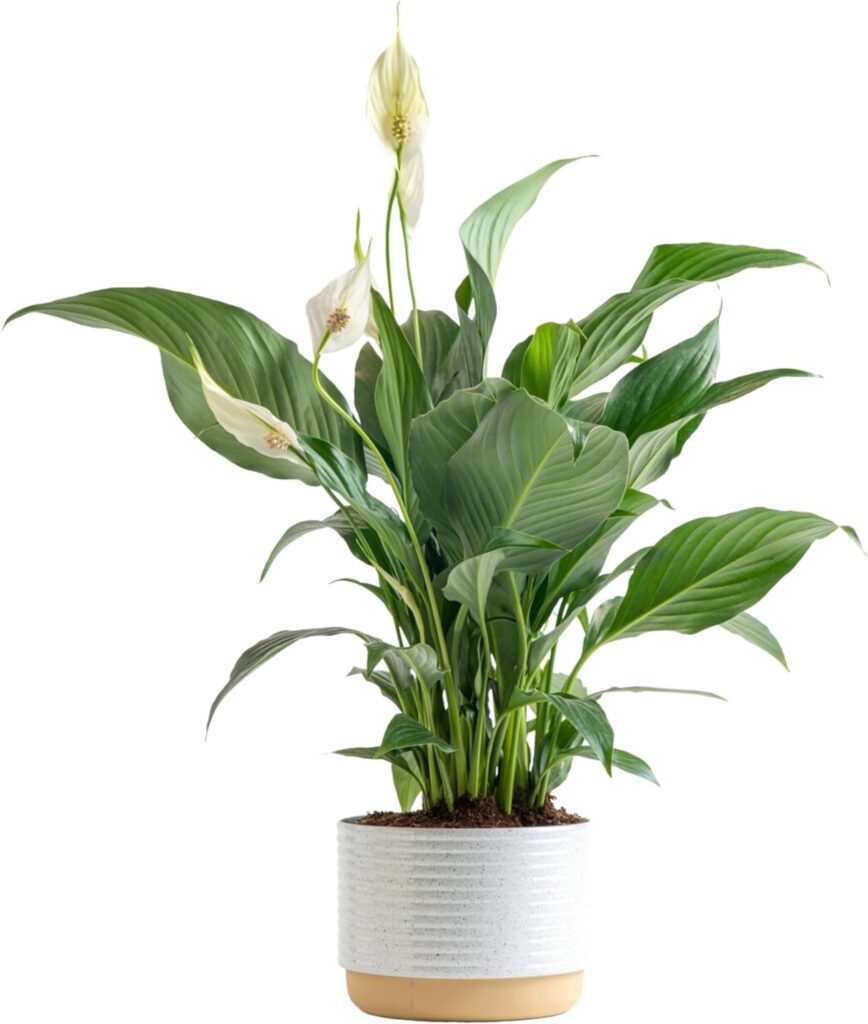
Pet-friendly Greens: Choosing Safe Plants For Your Fur Babies
Safe plants are a must for pet-friendly homes. Many popular air-purifying plants pose risks to pets. Research is key. Below is a list of plants that purify air without harming pets:
- Spider Plant: Non-toxic and hardy
- Boston Fern: A lush, safe option
- Bamboo Palm: Adds tropical flair safely
- Areca Palm: Safe for cats and dogs
- Money Plant: Thrives and is pet-friendly
Check with your vet when introducing new plants to your space. Remember: The ASPCA has a full list of non-toxic plants for homes with pets.
Preventing Plant Munching Mishaps
Curious pets sometimes nibble on plants. Keeping plants out of reach is wise. Here are some easy tips to prevent mishaps:
- Use high shelves for plant display.
- Hang plants with secure hooks away from jump spots.
- Apply bitter apple spray to deter chewing.
- Create a pet-free zone for non-safe plants.
- Teach ‘leave it’ commands to discourage interest.
Choose appealing toys or catnip for distraction. Engagement away from plants keeps them safe. A balance of pet play and plant display is possible. Harmony reigns in a home with both.
Potential Downsides And How To Address Them
Indoor plants are great for cleaning the air, but they come with challenges. Knowing these challenges helps you keep your green friends thriving. Let’s explore possible issues and find smart solutions for a healthier indoor garden.
Challenges And Solutions: Overcoming Plant Care Hurdles
Plants need the right care to grow. Sometimes, they get too little or too much water. They can also get sick from bugs or bad soil. But don’t worry, we can fix these problems!
- Water wisely: Use a moisture metre to check the soil. This tells you when your plant is thirsty.
- Fight pests: Keep an eye out for bugs. If you see them, a gentle soap and water mix can help get rid of them.
- Soil matters: Use good soil that drains well. This keeps roots healthy and strong.
Too Much Of A Good Thing? Avoiding Overcrowding And Mould Issues
Plants love company, but not too close. They need space to get air and light. Too many plants can make mould grow. Here is how to keep plants happy without mold.
| Problem | Solution |
| Overcrowding | Give plants room to breathe. Make sure they’re not too close together. |
| Mold | Let the soil dry out a bit between watering. Use a fan to keep air moving. |
Keeping plants apart stops mold and keeps them healthy. So, remember to check water levels and give each plant its own space. Doing this means a healthier home for you and your plants!
The Future Of Indoor Air Quality And Botany
Imagine a world where every breath you take indoors is as fresh as a garden breeze. Indoor plants are becoming champions in purifying our air, bringing nature into our homes and offices. They do more than just brighten a room; they can detoxify our surroundings by absorbing toxins, increasing humidity, and producing oxygen. Botany and technology join hands to introduce innovative solutions for cleaner air. Let’s explore what’s budding in this green revolution.
Innovative Trends: The Evolution Of Air-cleaning Plant Varieties
Enthusiasts and scientists are on a quest to enhance the air-purifying characteristics of houseplants. New varieties are being bred to maximize their pollutant-filtering abilities, while also being more adaptable to indoor conditions.
- Genetically-modified plants that can break down indoor pollutants more efficiently
- Hybrid species designed for better survival in low-light environments
- Smart planters that monitor and optimize the air purification process
These trends are pushing the boundaries, promising a future where cleaner air is a natural, accessible feature of every indoor space.
Green Spaces In Urban Environments: Implications For Public Health
As cities grow taller and busier, indoor green spaces offer a breath of fresh air. By integrating air-cleaning plants into urban design, we can combat air pollution from the ground up.
The health implications are significant:
| Benefit | Impact |
| Reduced pollutants | Lower risk of respiratory issues |
| Increased oxygen levels | Better overall health and wellness |
| Better mental clarity | Improved focus and productivity |
Hence, urban planners and architects are recognizing the importance of incorporating plant life into their designs.
Indoor air quality is becoming a priority, and botany is offering innovative solutions.
Frequently Asked Questions Of Indoor Plants That Clean The Air
Which Indoor Plant Purifies The Air The Most?
The Snake Plant, also known as Sansevieria, is highly effective at purifying indoor air. It filters out toxins such as formaldehyde and benzene.
What Plant Removes 78% Of Airborne Mold?
The English Ivy plant can remove up to 78% of airborne mold particles from indoor air.
What Plant Removes The Most Toxins?
The Peace Lily is highly effective at removing indoor toxins, such as formaldehyde and ammonia.
What Is The Best Plant For Oxygen In The Bedroom?
The Snake Plant is the best for bedroom oxygen, thriving with minimal light and offering significant air-purifying properties.
Conclusion
Bringing greenery indoors does more than beautify your space. Air-purifying plants enhance your home’s atmosphere, health and well-being. Embrace nature’s air filters with these indoor plants. They’re not just decorative; they’re your silent guardians against pollution. Start your botanical journey to a fresher, cleaner home today.

